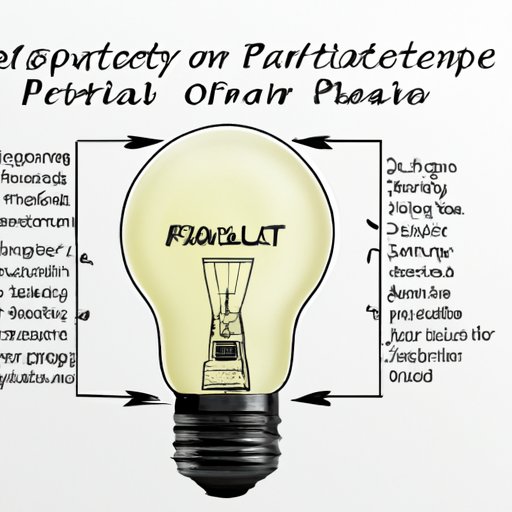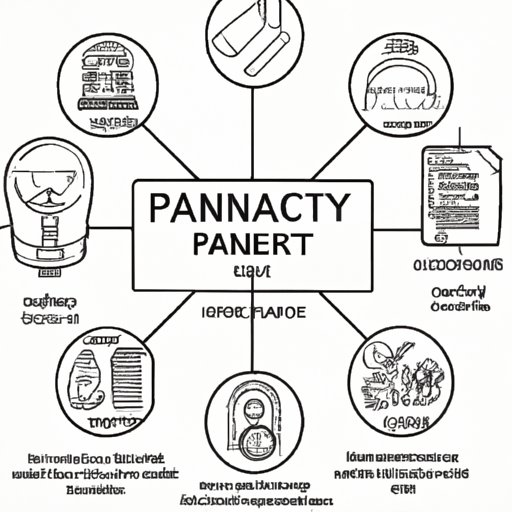Introduction
A patent is a form of intellectual property that grants the inventor exclusive rights to their invention. Patenting an invention can provide the inventor with many benefits, such as protection from infringement, the ability to license or sell the invention, and recognition for their invention. The patent application process can be complex, but with the right knowledge and resources it is possible to navigate the process and secure a patent for your invention.
Steps Involved in Patent Application Process
The patent application process involves several steps. First, you must research existing patents in order to ensure that your invention is novel and nonobvious. Next, you must draft a patent application that describes your invention in detail and explains why it meets the criteria for obtaining a patent. Then, you must file a provisional patent application, which establishes an early filing date for your invention. Afterward, you must file a non-provisional patent application, which will be examined by the United States Patent and Trademark Office (USPTO). During the examination process, the USPTO may request additional information or require changes to the patent application. Once the USPTO has finished its review, you will receive either approval or denial of your patent application.
Different Types of Patents
There are several different types of patents available. Utility patents are the most common type of patent, and they cover inventions that are new and useful processes, machines, articles of manufacture, or compositions of matter. Design patents protect the ornamental design of an item, such as the shape of a product or logo. Plant patents protect newly discovered varieties of plants. When considering which type of patent to apply for, it is important to consider the scope of protection that each type of patent provides.

Criteria for Obtaining a Patent
In order to obtain a patent, an invention must meet certain criteria. It must be novel, meaning that it is not already known or disclosed in prior art. It must also be nonobvious, meaning that a person skilled in the field would not consider the invention to be obvious. Finally, it must have utility, meaning that it is capable of performing a useful function.
Examples and Stories
Many inventors have successfully secured patents for their inventions. For example, Christopher Latham Sholes invented the typewriter and was granted a patent in 1868. In 1976, Steve Wozniak was granted a patent for his computer design. These examples demonstrate that it is possible to patent an invention with the right knowledge and resources.
Navigating the Patent Process
When navigating the patent process, it is important to work with a qualified patent attorney or agent who can help you through the process. They can provide valuable advice and assistance with drafting your patent application and filing it with the USPTO. Additionally, it is important to stay organized throughout the process, as it can be lengthy and complicated. There are many resources available to assist in the patent application process, including online tutorials, books, and websites.
Conclusion
Patenting an invention can provide the inventor with many benefits, such as protection from infringement, the ability to license or sell the invention, and recognition for their invention. The patent application process involves researching existing patents, drafting a patent application, filing a provisional patent application, filing a non-provisional patent application, responding to office action, and receiving approval or denial. Different types of patents are available, including utility patents, design patents, and plant patents. To obtain a patent, an invention must be novel, nonobvious, and have utility. Working with a qualified patent attorney or agent, staying organized throughout the process, and utilizing resources available to assist in the patent application process can help to make the process easier.
(Note: Is this article not meeting your expectations? Do you have knowledge or insights to share? Unlock new opportunities and expand your reach by joining our authors team. Click Registration to join us and share your expertise with our readers.)
